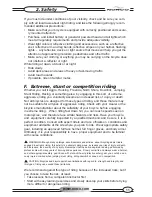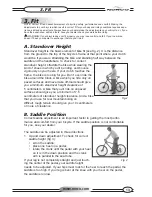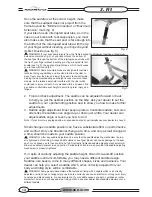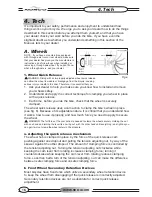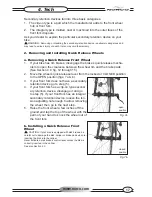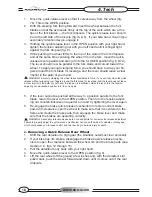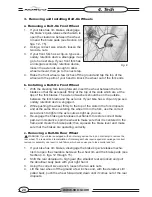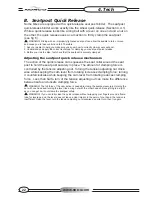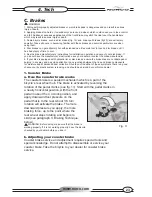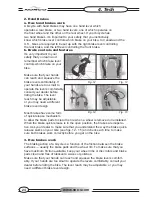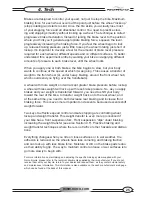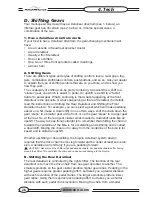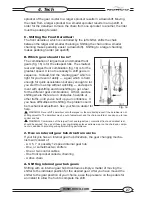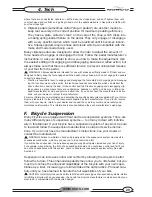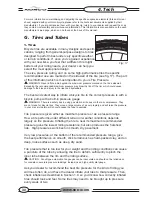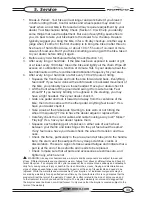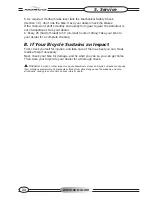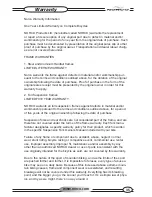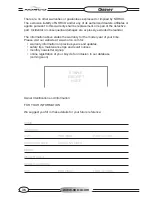
www.norco.com
25
Brakes are designed to control your speed, not just to stop the bike. Maximum
braking force for each wheel occurs at the point just before the wheel “locks up”
(stops rotating) and starts to skid. Once the tire skids, you actually lose most
of your stopping force and all directional control. You need to practice slow-
ing and stopping smoothly without locking up a wheel. The technique is called
progressive brake modulation. Instead of jerking the brake lever to the position
where you think you’ll generate appropriate braking force, squeeze the lever,
progressively increasing the braking force. If you feel the wheel begin to lock
up, release braking pressure just a little to keep the wheel rotating just short of
lockup. It’s important to develop a feel for the amount of brake lever pressure
required for each wheel at different speeds and on different surfaces. To better
understand this, experiment a little by walking your bike and applying different
amounts of pressure to each brake lever, until the wheel locks.
When you apply one or both brakes, the bike begins to slow, but your body
wants to continue at the speed at which it was going. This causes a transfer of
weight to the front wheel (or, under heavy braking, around the front wheel hub,
which could send you flying over the handlebars).
A wheel with more weight on it will accept greater brake pressure before lockup;
a wheel with less weight will lock up with less brake pressure. So, as you apply
brakes and your weight is transferred forward, you need to shift your body
toward the rear of the bike, to transfer weight back on to the rear wheel; and
at the same time, you need to both decrease rear braking and increase front
braking force. This is even more important on descents, because descents shift
weight forward.
Two keys to effective speed control and safe stopping are controlling wheel
lockup and weight transfer. This weight transfer is even more pronounced if
your bike has a front suspension fork. Front suspension “dips” under braking,
increasing the weight transfer (see also Section 4.F). Practice braking and
weight transfer techniques where there is no traffic or other hazards and distrac-
tions.
Everything changes when you ride on loose surfaces or in wet weather. Tire
adhesion is reduced, so the wheels have less cornering and braking traction
and can lock up with less brake force. Moisture or dirt on the brake pads reduc-
es their ability to grip. The way to maintain control on loose or wet surfaces is to
go more slowly to begin with.
For more information on maintaining and adjusting the specific braking system supplied with your
Norco bicycle, please refer to the technical documents supplied by their manufacturer. If you did not
receive them with your bicycle, return to your dealer and request them, as they contain crucial safety
and maintenance information. This information is also available on the each manufacturer’s web page,
which can be found at the back of this manual.
4. Tech
Summary of Contents for multi-speed bicycles
Page 1: ...for multi speed bicycles 7th Edition www norco com ...
Page 2: ......

